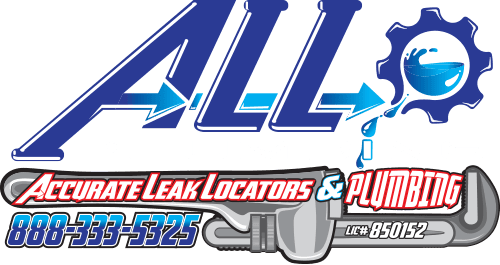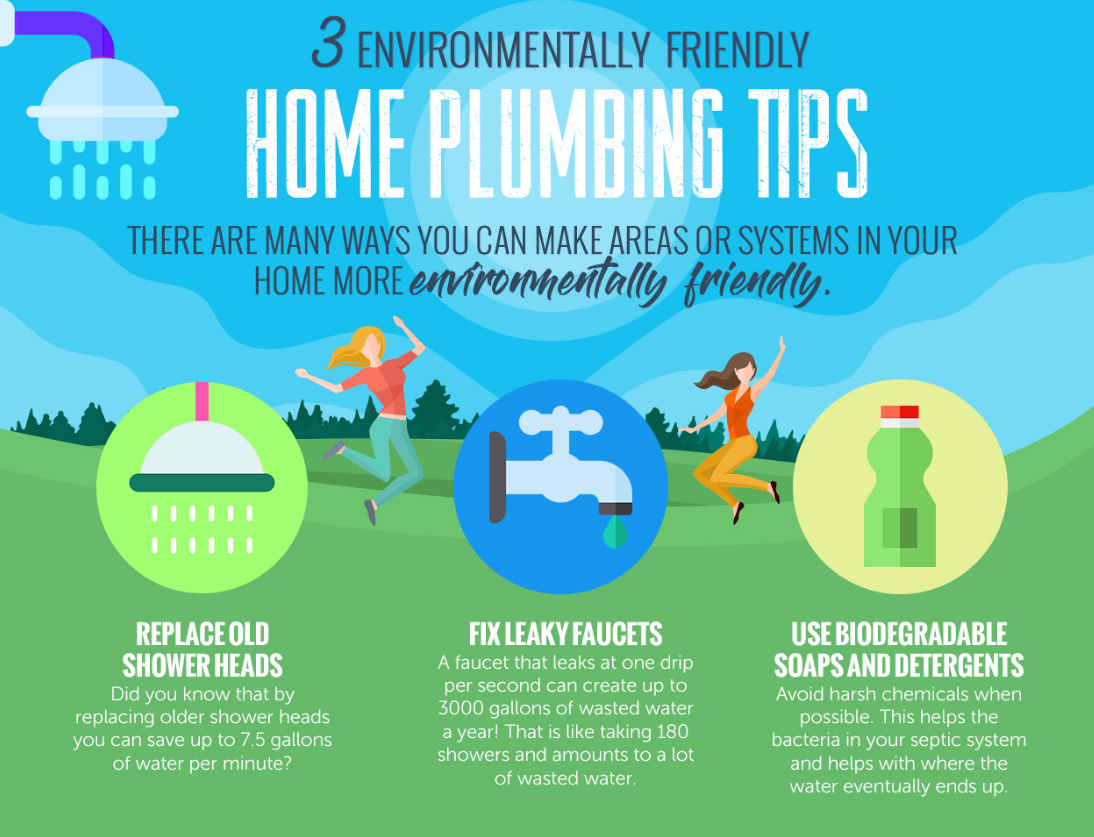You probably don’t give much thought to how tap water makes its way to your kitchen faucet or what actually happens when you flush your toilet or turn on your shower. It’s easy to take your functional home plumbing for granted—until it malfunctions, that is.
Plumbing problems are unfortunately an inevitability. You’d be hard-pressed to find someone who hasn’t suffered through a plumbing issue of some sort—even if it’s as minor as a clogged toilet. Despite how common they are, plumbing problems can really throw a wrench into your daily routine. It’s easy to take your home plumbing for granted when it works like it should. However, when that plumbing malfunctions and you are no longer able to flush your toilet or turn on your shower, the complexity and importance of your home plumbing system finally comes to light.
Most people without a formal background in plumbing know little to nothing about howtheir home plumbing system actually works, which makes it difficult to know how to solve even the most minor plumbing problems on your own. Taking the time to learn some of the basics of plumbing can help you feel more prepared and less panicked when a plumbing problem suddenly strikes in your home. Brush up on your plumbing basics with these top 3 things everyone should know about plumbing.
1. Know Where Your Water Comes From
The first step to learning more about how plumbing works is to know the source of thewater that flows into your home. Basic everyday activities like brushing your teeth and taking a shower rely on your home’s water supply, so it’s important to understand where that water comes from so you know where to turn in case you ever encounter any problems with its quality.
For most urban and suburban residents, water comes from a city water line that is regulated by the federal government. That water line routes water to your home, and you get a regular water bill that is based on your water usage. The only other common alternative to getting water from a city water line is sourcing water from a well via a private pump if you live in a rural area.
2. Know How to Cut Off Your Water Valves
In the case of many home plumbing problems—such as a leak—the best first step to take is to cut off the water supply to your home to prevent further water damage and avoid getting a sky-high water bill at the end of the month. As such, knowing how to cut off your home’s main water valve and individual water valves is an important skill—and it is actually much more simple than it seems.
Your home has a main water valve that controls all of the water that flows into your home. This main valve is usually located outside your house and looks like a wheel or a lever. All you have to do is turn the wheel clockwise or push the lever down and/or to the right to cut off your home’s water supply.
Every appliance in your home that uses water—including toilets, sinks, dishwashers, ice makers, and washing machines—is also equipped with an individual cut-off valve that cuts off the water supply to that appliance only. You can use these cut-off valves to cut off the water supply to a specific appliance without shutting off the water throughout your whole house, which comes in very handy in the case of an isolated plumbing
problem.
3. Know the Signs of Hidden Leaks
Not every leak in your home presents itself as water dripping from the ceiling. In fact, some of the most severe and dangerous leaks keep themselves hidden until they have already caused major water damage in your home.
Finding any leak in your home as early as possible is important to prevent it from causing severe irreparable water damage. Knowing how to recognize the signs of hidden leaks in your home plumbing system can save you a ton of money, time, and frustration in the long run.
The easiest way to check for a hidden leak in your home is to monitor the numbers on the water meter outside your house. First, make sure all of the faucets in your house are turned off completely before you look at the numbers on the meter. Check the numbers and write them down, then wait at least 15 minutes. During that 15 minutes, do not turn on any faucets in your home and do not use any appliances that use water. After 15 minutes, go back outside and look at the numbers on your meter again. If they are higher than they were the first time you checked, you might have a hidden leak. Call a plumber to investigate your home for any leaks ASAP.
While it is valuable to gather basic knowledge about plumbing, never attempt any plumbing repairs that you do not have the right tools, skills, and experience to perform successfully on your own. It is very important to call a professional plumber in the case of a plumbing problem in your home that you are unable to easily fix on your own.


